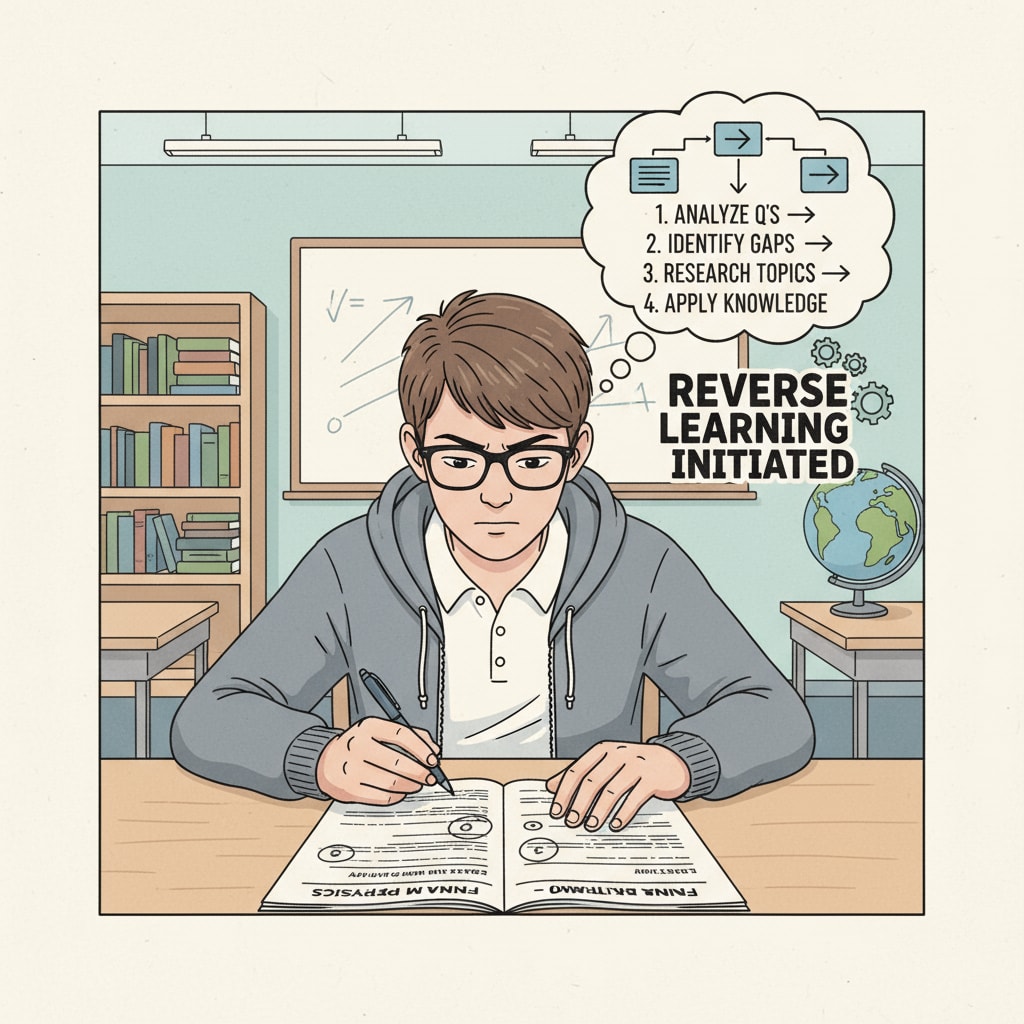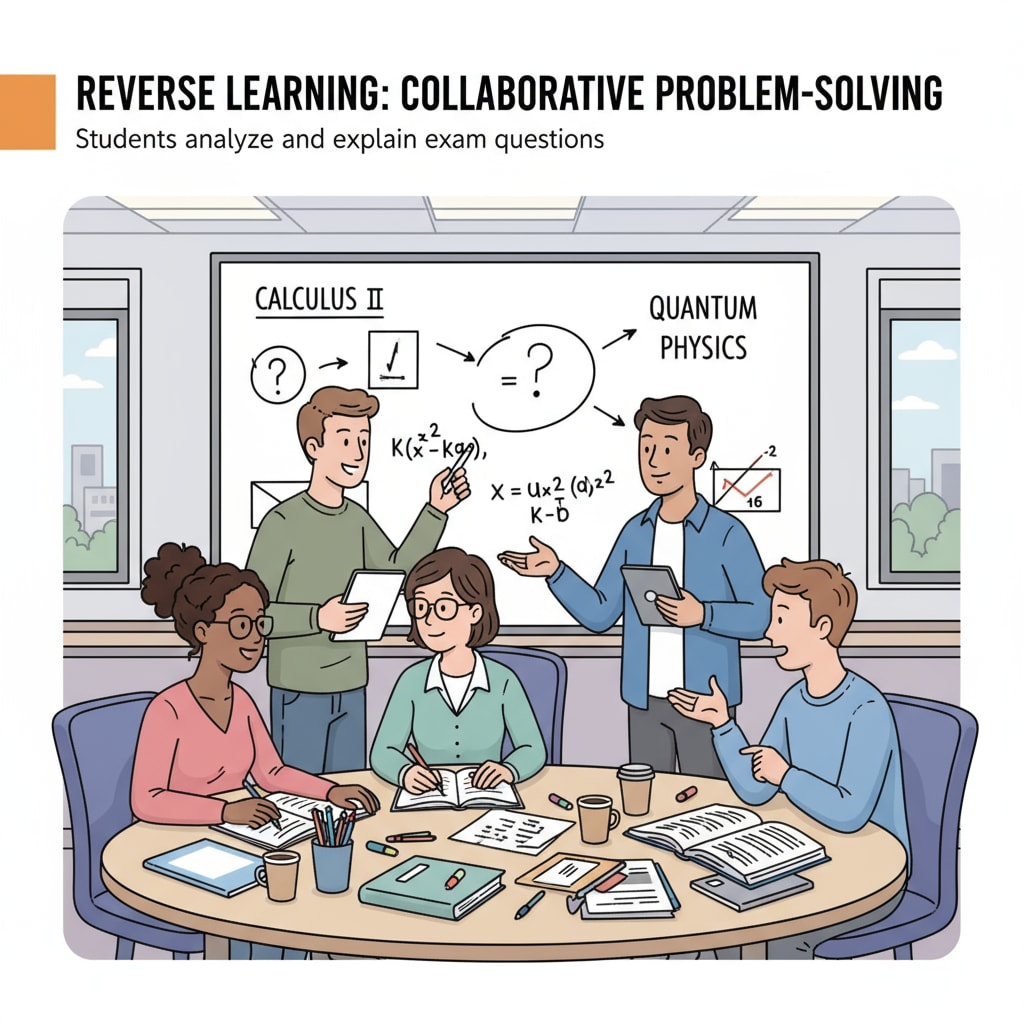Theoretical learning, attention deficits, hands-on learning, and learning efficiency are key aspects that many students struggle with. For those who have attention deficits and prefer hands-on learning, traditional ways of approaching theoretical subjects can be a challenge. However, a new approach, the “reverse learning method,” is emerging as a game-changer.

Understanding the Struggles
Students with attention deficits often find it difficult to focus on abstract theoretical concepts. These concepts can seem dry and unengaging, leading to a lack of concentration. Hands-on learners, on the other hand, thrive when they can actively interact with materials. Traditional theoretical learning, which typically starts with textbooks and lectures, doesn’t align well with their learning styles. As a result, their learning efficiency in theoretical subjects is often low. For example, a hands-on learner might have trouble understanding complex physics theories just by reading about them in a book. (Learn more about attention deficits on APA)
The Reverse Learning Method
The reverse learning method flips the traditional learning process. Instead of beginning with abstract theories, it starts with exam questions. By looking at exam questions first, students can see how theoretical knowledge is applied in practical situations. This helps them make connections between the theory and real-world scenarios, which is especially beneficial for hands-on learners. For instance, in a history class, instead of starting with a long lecture on historical events, students can look at exam questions that ask them to analyze the causes and effects of a particular event. This way, they are more engaged and can better understand the underlying theories. (Explore different learning styles on Education.com)

The reverse learning method also addresses the issue of attention deficits. Since exam questions are often more concrete and goal-oriented, they can hold the attention of students with attention deficits better than abstract theories. When students start with a question they need to answer, they are more motivated to find the relevant information and understand the concepts. This turns the passive learning process into an active exploration.
In conclusion, the reverse learning method offers a new path for students with attention deficits and hands-on learning styles to improve their learning efficiency in theoretical subjects. By starting from exam questions, it makes theoretical learning more accessible and engaging. It’s time for a learning revolution that respects the unique cognitive characteristics of these learners.
Readability guidance: Use short paragraphs and lists to summarize key points. Provide a list under each H2 whenever possible. Control the proportion of passive voice and long sentences. Add transition words (however, therefore, in addition, for example, as a result, etc.) throughout the text.


